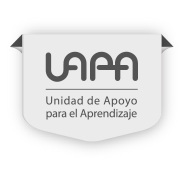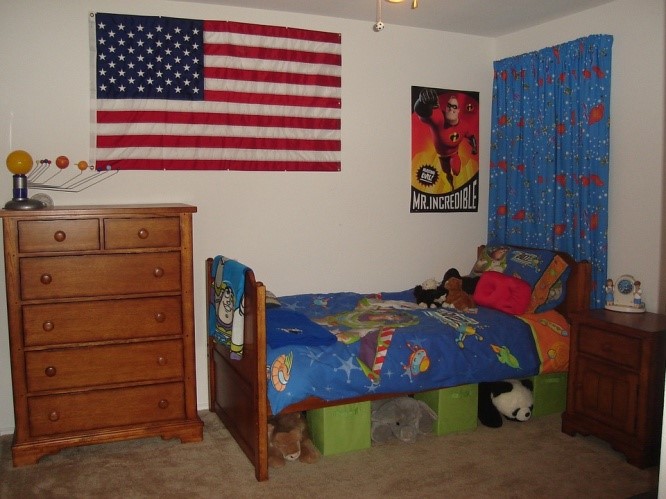Content
Read the following information to help you better understand this topic:
Use
We use there is when the noun is singular (“There is a dog”). We use there are when the noun is plural (“There are two dogs”).
Look at the following examples:
- There is a book on the desk. (book, countable noun)
- There is a computer in the bedroom. (computer, countable noun)
- There is some money in my pocket. (money, uncountable noun)
- There is some milk in the fridge. (milk, uncountable noun)
There are is used with plural countable nouns.
Look at the following examples:
- There are twenty chairs in the classroom.
- There are two trees outside my house.
- There are some 20-peso bills in my wallet.
- There are many people outside the school.
Expressing unspecific quantity
In these expressions we can use different words or phrases to express the quantity of the things we want to express existence.
Some of those words are:
- Some
- Many
- A lot of
- Lots of
- A few
- Few
- Much (only used with uncountable nouns)
- A little (only used with uncountable nouns)
- Little (only used with uncountable nouns)
Examples
- Russian grammar is more difficult than English grammar.
- I find maths lessons more enjoyable than science lessons.
And we also can express quantity by saying the specific number of the things we are talking about.
Examples:
- There is much noise outside my house. (noise, uncountable noun)
- There is a little money in your bank account. (money, uncountable noun)
- There is little water in the glass. (water, uncountable noun)
- There are some great bookstores downtown.
- There are many strawberries inside that bag.
- There are a lot of cups in my mother’s cupboard.
- There are lots of clothes on my bed.
- There are a few people in the auditorium.
- There are few apples for the pie.
- There are twelve rooms in the building.
The previous examples are expressed in the affirmative form.
Now, let’s check the negatives.
Negative form
When we use the negative forms (there is not, there are not any) we are expressing that something doesn’t exist or that something is not located in a specific place.
Look at the following examples:
- There isn’t a car in the garage
- There isn’t a drugstore on Ninth Avenue.
- There aren’t any pens in your pencil case.
- There aren’t any students in the lab today.
Interrogative form
When we use the interrogative forms (is there a, are there any) we want to know if something exists or if something is located in a specific place.
Look at the following examples:
- Is there a museum near here?
- Is there a lemon tree in your garden?
- Are there any good restaurants on Madero Street?
- Are there any oranges in that basket?
When we are asked with the previous structure, we have to answer in the Simple Present form of a question with the verb to be.
-
Our answers in the affirmative way are going to be:
- Yes, there is. (for the singular nouns)
- Yes, there are. (for the plural nouns)
-
And the answers for the negative way are going to be:
- No, there isn’t (for the singular nouns)
- No, there aren’t (for the plural nouns)
Check the answers to the previous questions:
Is there a museum near here?
Yes, there is.
No, there isn’t. The nearest museum is ten blocks away from here.
Is there a lemon tree in your garden?
Yes, there is. Those lemons are big.
No, there isn’t. There aren’t any trees in my garden.
Are there any good restaurants on Madero street?
Yes, there are. There are about two or three restaurants where you can eat very delicious food.
No, there aren’t any. But there are some good restaurants on Independencia Street.
Are there any oranges in that basket?
Yes, there are. There are two oranges.
No, there aren’t any. We need some.
Note 1: Short answers are underlined.
Note 2: The word “any” is only used in negative and interrogative form.





